When we plan and plant our landscaping we envision tall stately trees that provide shade for lounging under during the summer, and a stunning view of leaves in the fall. What we don’t usually plan for is the disease, fungi, and insects that can come along and damage or kill your carefully tended and lovingly grown trees. We’re going to touch on the top tree killers in our area, how to identify them, and what you can do to stop the devastation in your own backyard.
Now, there are many ways a tree can contract disease or attract pests during it’s life and when you are proactive about prevention and treatment it is usually not a big deal, but the first step is to educate yourself on what to look for so today we will start with fungus.
There are so many types of tree fungi in the continental United States we are going to focus mainly on the ones that are most prevalent in our corner of the country beginning with Anthracnose. Anthracnose is a disease caused by a group of related fungi and it is particularly fond of shade trees such as: sycamore, white oak, elm, dogwood, and maple. Unlike most fungus, Anthracnose refers to a group of fungi that are all related. According to The Department of Plant Pathology at the Virginia Cooperative Extensions: “Each species of Anthracnose fungus attacks only a limited number of tree species. The fungus that causes sycamore anthracnose, for example, infects only sycamore and not other tree species.” Other tree species can be affected as well, but the effects are mild and usually curable.
The main culprit in assisting an anthracnose fungal infection is weather. Most attacks happen after unusually cool wet weather as it starts to warm. With the El Nino predicted to be on it’s way this year, we can expect to have a little of this blown our way in the spring, and you will want to be aware of the warning signs of an attack. Without in-depth testing it is hard to stop an attack early on, but a singular event will not usually kill a tree where as repeated attacks can eventually lead to death, which is why recognizing the signs of an initial attack are imperative: the death of buds right after growth, premature leaf drop, and the wilting and death of smaller branches and twigs will be your most common signs.
Now you know what to look for, but how do you stop it once it’s clamored onto your tree? The steps are pretty simple and begin with raking and removing all debris from under your tree paying special attention to the base of the trunk. This will help dry out the ground around the tree and kill any fungus residing on the top layer of soil. Second you will need to prune and thin the tree thoroughly. Doing this will remove dead infected branches as well as keep the air moving through the tree to promote drying. Make sure you either burn or bury the branches somewhere away from your tree to successfully kill the fungi and not reintroduce it to your tree at a later date.
Fertilizing is an important part of keeping your tree healthy on a regular basis, but even more important when battling disease. Adding fertilizer to your tree’s regimen will improve its ability to successfully fight off any new fungal attacks as improve its overall health especially during the harder months of winter and summer.
It’s funny how one type of damage can be survived easily enough, but when paired with a second equally damaging pest the two can become a powerhouse of ruin for your yard. In this case I am talking about the Armillaria Root Disease, or Shoestring Root Rot, a deadly combination of fungus and pathogen. Affecting both hardwoods and conifers alike, this dangerous combination has been known to also attack orchards, vineyards, and even some non-woody plants.The difference between a typical fungal infection and the combined effort of fungus and pathogen lays in the ability of the pathogen to travel from entry point on the tree into the root system. Once there it replicates and creates a white rot in the root system which breaks down cellulose, hemicellulose, and lignin, the three major components of wood.
Attacking mostly when a tree or nearby trees are under stress, this combined fungal pathogen is hard to initially determine because the main attack point is the root system. However, if you notice mushrooms or fungal fans growing on any of your trees it would be beneficial to take a closer look and possibly have them tested if you are concerned it could be an Armillaria infection. According to Jim Worrall of the USDA Forest Service: “Branch dieback and crown thinning are common symptoms of Armillaria root disease… on some conifers, chlorosis (yellowing) or reddening of foliage or heavier-than-normal production of cones (a stress crop of cones) may also appear.” These are all symptoms to be aware of when trying to self diagnose an infection.
Unlike Armillaria, one of the newest and most dangerous tree diseases we are experiencing is a true pathogen. Sudden Oak Death, Phytophthora ramorum, is wreaking havoc up and down the west coast as well as the eastern part of the country and scientists are not quite sure what is causing it or much of anything about it besides the obvious: it spreads quickly and it’s almost always deadly.
The main give away visually for Sudden Oak Death is typically: lesions on the bark and trunk, sudden branch and leaf withering, followed by death. Once the tree is infected the name is really indicative of the process, as the tree will die rapidly thereafter. There is not much you can do to treat Sudden Oak Death, but there are things you can do to stop it from spreading to other trees in the near vicinity. Through trial and error researchers have found if you heat the ground around the infected tree to 122 degrees Fahrenheit you can keep the disease from spreading through the ground. Not much to go on, but until more research can be done it’s all we’ve got. Of course removing the tree after death would be needed and should be done quickly in order to avoid spreading the disease as well as keeping the dead material from becoming a safety hazard.
Beyond the harsh pathogens and serious fungal infections, there is one more large danger you should be aware of regarding your yard health. Insects play a major roll in our eco system in both large and small ways. In nature, when it comes to trees, insects breakdown dead wood and help clean out parts of the untamed wilderness by speeding along the decomposition process of unhealthy trees. However, that being said, they can also put stress on weaker plants and cause injury and/or death to an unprepared tree or tree owner.
Take for instance the Piynon Ips Beetle. According to the Nevada Division of Forestry: “It kills weak and damaged trees, continuing the important process of nutrient cycling…However, when the beetle populations increase to epidemic levels, or the insects infest particularly valuable trees in the home landscape, they are a problem.” Although the beetle is located mostly in Nevada, because we share a boarder and a lot of interstate traffic with drought conditions being as they are we are seeing an influx of Pinyon Ips Beetles. Maybe not the most dangerous of the tree issues we’ve talked about today, but definitely still an issue when considering the health of your yard; the PIB is known to bore under the bark and tunnel throughout the area between the bark and tree flesh because the soft tissue is nutrient rich and easy to manipulate. While most beetle attacks on healthy trees are unsuccessful, they can occasionally cause damage.
The best way to protect your trees in this case is through prevention. Thinning overcrowded tree stands and moderate pruning are the easiest and most effective way to keep your trees healthy. Removing any infected, dead, or dying branches can do a lot for any tree.
Now, last but not least, we are going to talk about another dangerous duo that is native to our area. The Walnut Twig Beetle is the catalyst of the infection we know as Thousand Cankers Disease. The beetle, much like it’s Pinyon Ips friend, bores under the bark of mostly walnut trees. Unlike its cousin, the Walnut Twig Beetle is a carrier of something even more insidious than the damage it does to the soft tissue under the bark. The beetle brings in a fungus, which spreads quickly throughout the tree causing small but numerous cankers under the bark. Eventually this fungus will kill the tree.
While there may not be a way to treat and cure an affected tree, you can keep the disease from spreading to any additional trees. Prompt removal of the infected tree is important with this in mind: TCD is a disease of the bark. Moving bark from one site to another could contaminate any other trees it come in contact with so it is best to dispose of on site through burning or contacting a tree removal specialist like Tree Wise who are trained and certified to handle these issues thoughtfully and with care.
No one wants to have to remove perfectly good trees because of disease, but sadly enough, sometimes it is inevitable. However, with early identification, proper maintenance, and prompt treatment of infected specimens, most of the time you can avoid the trouble.
If you found this blog helpful or just down right informative and you are looking forward to more in the future, don’t forget to subscribe! We are also on Facebook and we would love to hear your comments so follow us today!
- Stipes, R.J. Hansem, Mary Ann. Anthracnose – A Fungal Disease of Shade Trees [Educational Resources Paper] (May 1, 2009) Retrieved from: http://www.ext.vt.edu/topics/environment-resources/index.html
- Deacon, Jim. The Microbial World: Armillaria Mellea and other wood decay fungi. [Archives] (October 20, 2015) Retrieved from: http://archive.bio.ed.ac.uk/jdeacon/microbes/armill.htm
- Worrall, J. Armillaria root disease, shoestring root rot [educational publication] (October 20, 2015) Retrieved from: http://www.apsnet.org/edcenter/intropp/lessons/fungi/Basidiomycetes/Pages/Armillaria.aspx
- California Oak Mortality Task Force. What Is Sudden Oak Death? [Information Publication] (October 20, 2015) Retrieved From: http://www.suddenoakdeath.org/
- Christopherson, John. Nevada Division of Forestry: Pinyon Ips Beetle (Ips confusus) [Information Article] (October 20, 2015) Retrieved From: http://forestry.nv.gov/forestry-resources/forest-health/pinon-ips-neetle/
- Thousand Cankers Disease. [Information Publication] (October 20, 2015) Retrieved From: http://www.thousandcankers.com/
- United Stated Department of Agriculture: Forest Service. Walnut Twig Beetle. [Information Publication] (April 29, 2014) Retrieved From: http://www.fs.fed.us/research/invasive-species/insects/walnut-twig-beetle.php
- Center for Invasive Species and Ecosystem Health [Photo Bank] (October 20, 2015) Retrieved From: http://www.invasive.org/browse/subthumb.cfm?sub=56599
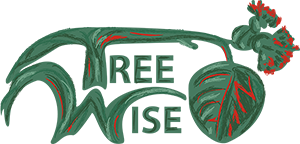
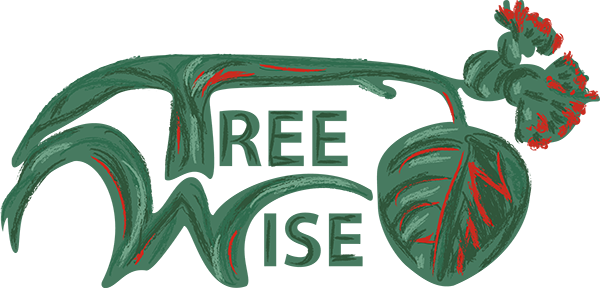
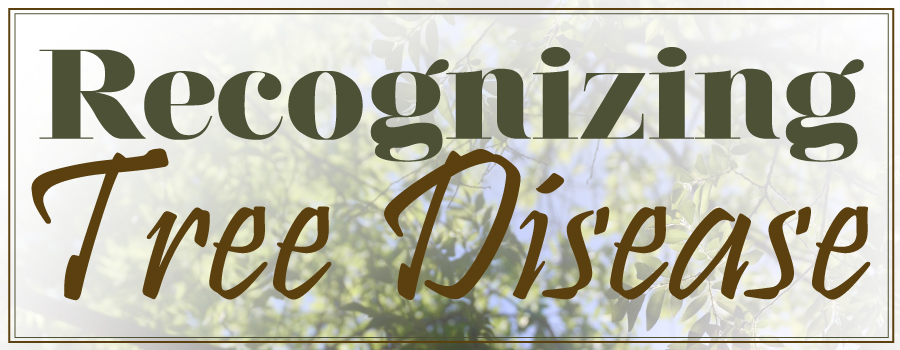
















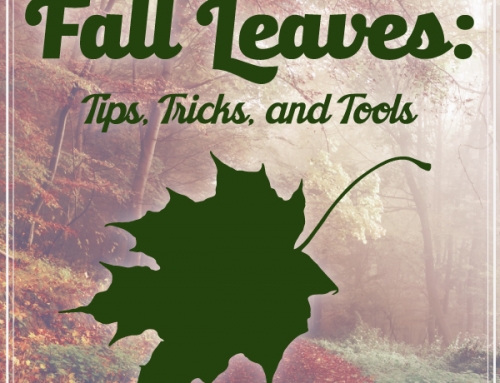

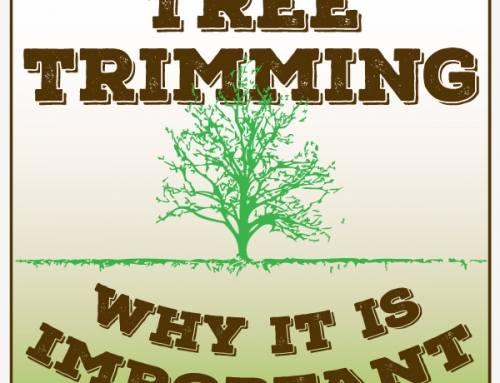
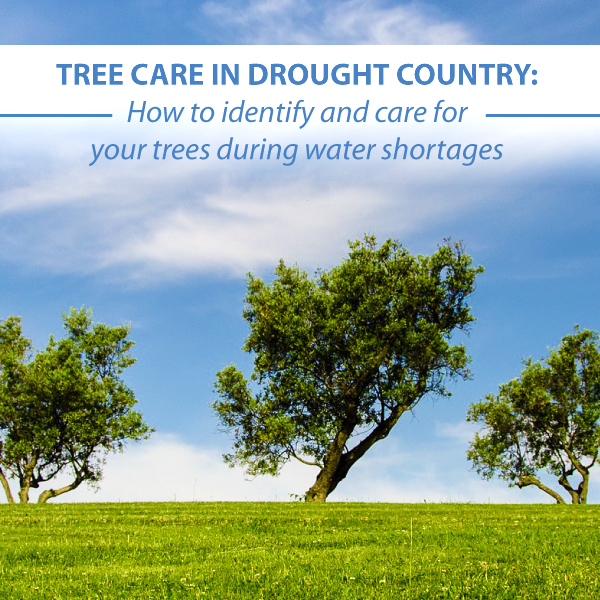






My wife and I have some trees in our yard that we are a bit concerned about. They just aren’t looking as healthy as they have in years past. I actually did find this blog very helpful, and discoloration of leaves might point to some form of disease in our trees. Hopefully we caught it promptly enough so that this can be treated. Thanks for sharing this!